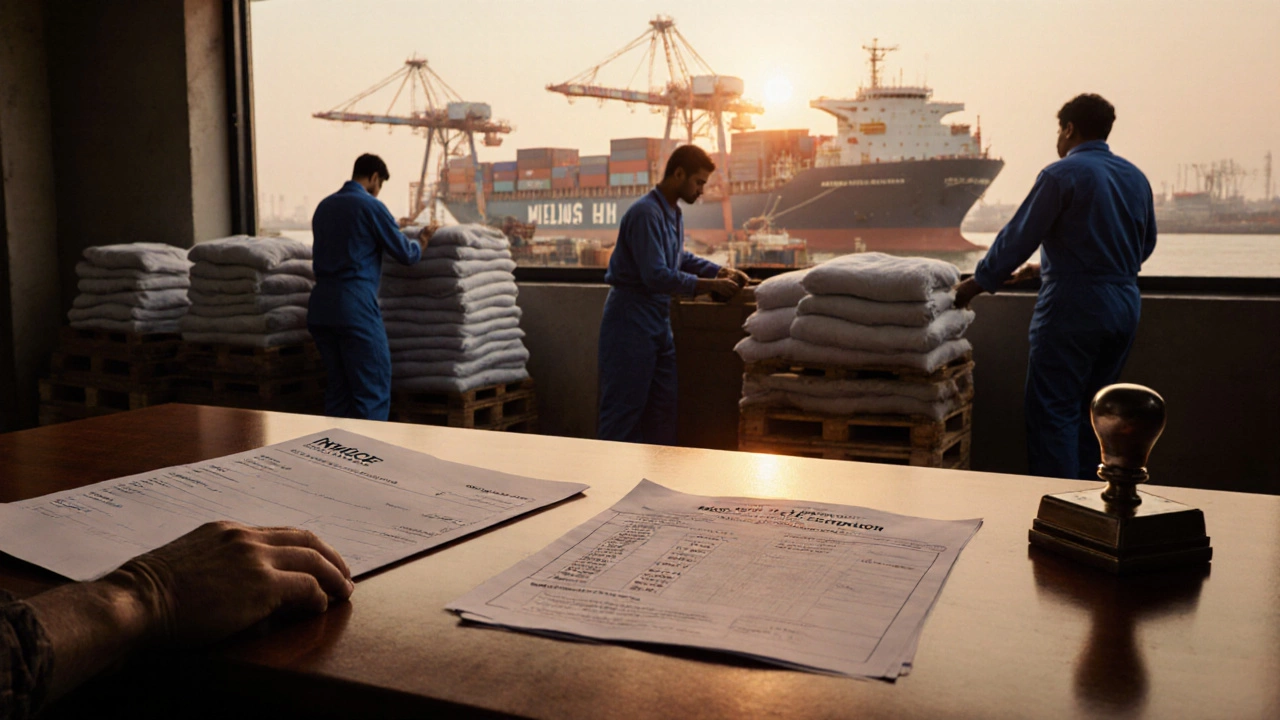- Discovering India's Strongest Wood for Durable Furniture Mar 23, 2025
- Top Profitable Manufacturing Startup Ideas in 2025 Jan 16, 2025
- Discover India's Furniture Capital: Unveiling the Top State for Furniture Mar 12, 2025
- Understanding the Dynamics of Small Scale Production Processes Jan 7, 2025
- Top Profitable Food Processing Business Ideas Nov 24, 2024
Export Garments: Trends, Challenges & Opportunities
When working with Export Garments, the process of producing clothing and textiles in one country and shipping them to foreign markets. Also known as clothing exports, it drives revenue for many emerging economies. Textile Manufacturing, the creation of fabric from raw fibers such as cotton, polyester or blends supplies the essential material, while Garment Production, cutting, stitching and finishing of apparel pieces turns that fabric into saleable goods. Together they form the backbone of the export garments ecosystem.
Key Drivers Behind Export Garments
Export garments requires compliance with International Trade Regulations, customs duties, quota systems and safety standards that vary across destination countries. Companies that master these rules avoid costly delays and can price competitively. At the same time, Sustainable Fabrics, eco‑friendly fibers like organic cotton, recycled polyester and hemp are reshaping buyer expectations, pushing exporters to adopt greener processes. The interaction of regulations and sustainability creates a dynamic environment where strategic adaptation yields higher margins.
One practical way to stay ahead is to map the full supply chain—from fiber sourcing in textile manufacturing plants to final stitching in garment production units. This mapping reveals bottlenecks, such as long lead times for dyeing or limited capacity in stitching lines, and allows exporters to invest in automation where it counts. Real‑time tracking tools also help meet the documentation demands of international trade regulations, ensuring paperwork is ready before goods leave the port.
Market data show that countries with strong textile clusters, like Surat in India, enjoy a competitive edge because local expertise reduces costs and improves quality. Surat's concentration of yarn mills, fabric finishers and skilled stitchers creates a seamless flow for export garments, allowing businesses to respond quickly to fashion trends abroad. Exporters that tap into such clusters gain access to a ready pool of suppliers and a supportive ecosystem.
However, the upside comes with challenges. Labor skill gaps can affect garment production speed, while fluctuating raw material prices strain textile manufacturing budgets. Moreover, each destination market may impose different labeling, safety, or carbon‑footprint requirements, making a one‑size‑fits‑all approach impossible. Companies must therefore build flexible operations that can switch fabrics or adjust stitching techniques without sacrificing lead time.
Technology offers concrete solutions. Digital pattern making reduces material waste in garment production, while AI‑driven demand forecasting helps exporters order the right amount of fabric from textile manufacturers. When sustainable fabrics are part of the mix, lifecycle assessment software verifies that the environmental claims meet international standards, satisfying both regulators and buyers.
All these pieces—textile manufacturing, garment production, trade compliance, sustainability and supply‑chain visibility—interlock to define the modern export garments landscape. Below you’ll find a curated collection of articles that dig deeper into each of these areas, from the latest trends in sustainable fabrics to step‑by‑step guides on navigating customs paperwork. Whether you’re just starting out or looking to fine‑tune an existing export operation, the posts ahead offer actionable insights you can put to work right away.
Export Garments from India to USA: 2025 Step‑by‑Step Guide
- Aarav Sekhar
- Oct 24, 2025
Step‑by‑step guide for Indian garment exporters to ship clothing to the USA. Covers HS codes, documentation, Incoterms, customs clearance, financing, and common pitfalls.
